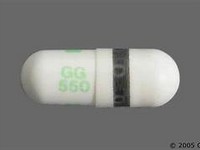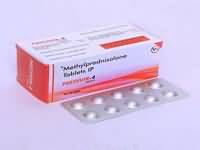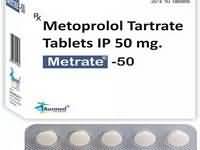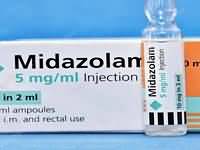Fluoxetine

Fluoxetine
CLINICAL USE
SSRI antidepressant:Depressive illness Bulimia nervosa Obsessive compulsive disorder
DOSE IN NORMAL RENAL FUNCTION
20–60 mg daily depending on indication
PHARMACOKINETICS
Molecular weight :345.8 (as hydrochloride) %Protein binding :94.5 %Excreted unchanged in urine : <10 : Volume of distribution (L/kg) :20–40half-life – normal/ESRD (hrs) :Acute dosing: 24–72/UnchangedChronic dosing: 4–6 days/Increased DOSE IN RENAL IMPAIRMENT
GFR (mL/MIN)
20 to 50 : Dose as in normal renal function 10 to 20 : Dose as in normal renal function <10 : Use low dose, or on alternate days and increase according to response DOSE IN PATIENTS UNDERGOING RENAL REPLACEMENT THERAPIES
CAPD :Not dialysed. Dose as in GFR <10 mL/min HD :Not dialysed. Dose as in GFR <10 mL/min HDF/high flux :Not dialysed. Dose as in GFR <10 mL/min CAV/VVHD :Not dialysed. Dose as in GFR= 10 to 20 : mL/min IMPORTANT DRUG INTERACTIONS
Potentially hazardous interactions with other drugsAnalgesics: increased risk of bleeding with aspirin and NSAIDs; risk of CNS toxicity increased with tramadolAnti-arrhythmics: increased flecainide concentrationAnticoagulants: effect of coumarins possibly enhancedAntidepressants: avoid concomitant use with MAOIs and moclobemide, increased risk of toxicity; avoid concomitant use with St John’s wort; possibly enhanced serotonergic effects with duloxetine; can increase tricyclics antidepressant concentration; increased agitation and nausea with tryptophanAnti-epileptics: antagonism (lowered convulsive threshold); concentration of carbamazepine and phenytoin increasedAntimalarials: avoid concomitant use with artemether/lumefantrineAntipsychotics: concentration of haloperidol, clozapine, risperidone, sertindole and zotepine increased; possibly inhibit aripiprazole metabolism – reduce aripiprazole doseAntivirals: concentration possibly increased by ritonavirCiclosporin: may increase ciclosporin concentrationDopaminergics: increased risk of hypertension and CNS excitation with selegiline – avoid concomitant use; increased risk of CNS toxicity with rasagiline – avoid concomitant use5HT 1 agonist: increased risk of CNS toxicity with sumatriptan; possibly increased risk of serotonergic effects with frovatriptan Lithium: increased risk of CNS effects (lithium toxicity reported)Sibutramine: increased risk of CNS toxicity – avoid concomitant use ADMINISTRATION
Reconstition
– Route
Oral Rate of Administration
–Comments
OTHER INFORMATION
Accumulation may occur in patients with severe renal failure during chronic treatment (metabolites are excreted renally)
See how to identify renal failure stages according to GFR calculation
See how to diagnose irreversible renal disease
Home








